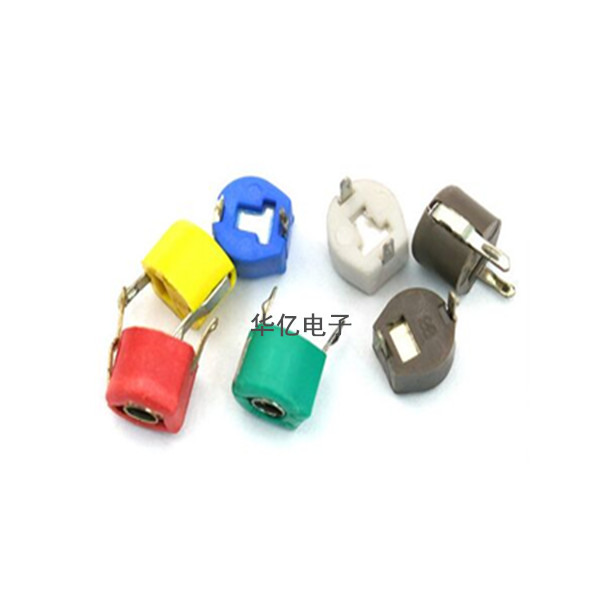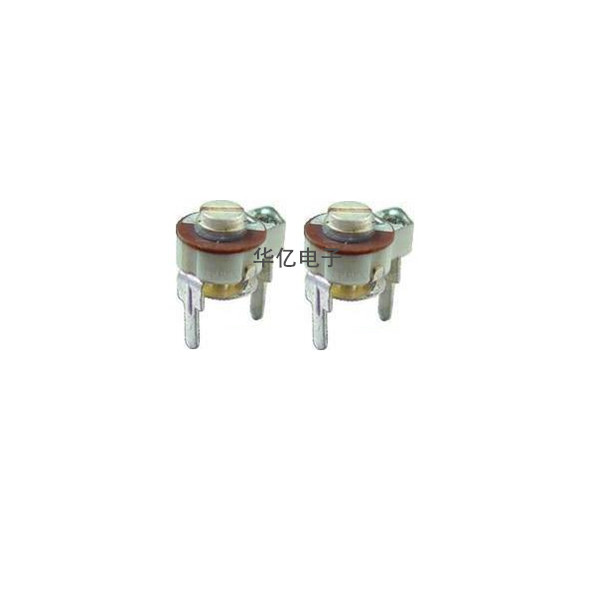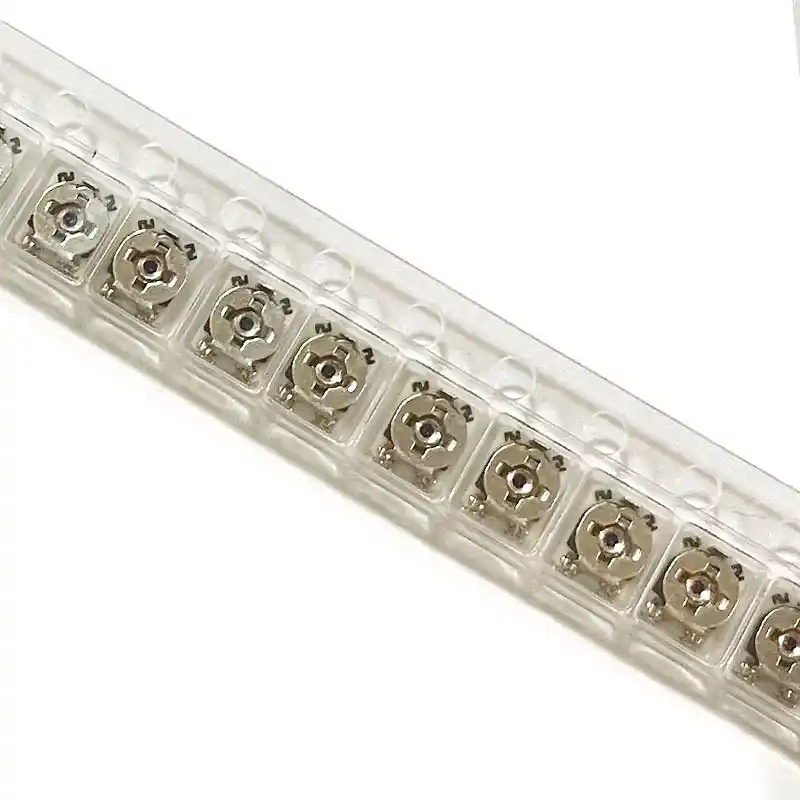The accuracy of a resistor refers to the degree to which the actual resistance value of the resistor is close to the nominal resistance value, usually expressed as a percentage. The higher the precision, the smaller the deviation between the actual resistance value and the nominal resistance value, the more stable the performance of the resistor, and the higher the price。
1. Definition and Representation
The accuracy of resistance is usually expressed in percentage form, such as ± 1%, ± 5%, etc. This means that the actual resistance value can fluctuate within ± 1% or ± 5% of the nominal value. For example, a resistor with a nominal value of 100 Ω and an accuracy of ± 1% may have an actual resistance value between 99 Ω and 101 Ω.
2、The Importance of Accuracy
· High precision resistors: used in circuits that are sensitive to current, voltage, or frequency, such as precision instruments, measuring equipment, etc., to ensure the stability and accuracy of the circuit.
· Low precision resistor: suitable for ordinary circuits with low precision requirements and low cost.
3. Accuracy level
Common resistance accuracy levels include ± 0.1%, ± 0.5%, ± 1%, ± 5%, ± 10%, and ± 20%. Among them, ± 0.1% and ± 0.5% belong to high-precision resistors, while ± 5% and ± 10% are more common.
4. Influencing factors
The accuracy of resistors depends not only on the manufacturing process, but also on environmental factors such as temperature and humidity. For example, temperature changes can cause resistance value drift, thereby affecting accuracy.
5. Application scenarios
· High precision scenarios:such as the application of thermistors in temperature measurement, require high precision to ensure the accuracy of measurement results.
· In ordinary scenarios:such as resistors in household appliances, low precision resistors are usually sufficient to meet the requirements.
Summarize
The accuracy of resistance is an important indicator for measuring its performance, which directly affects the stability and accuracy of the circuit. When selecting resistors, the appropriate accuracy level should be chosen based on specific application scenarios and cost considerations.







